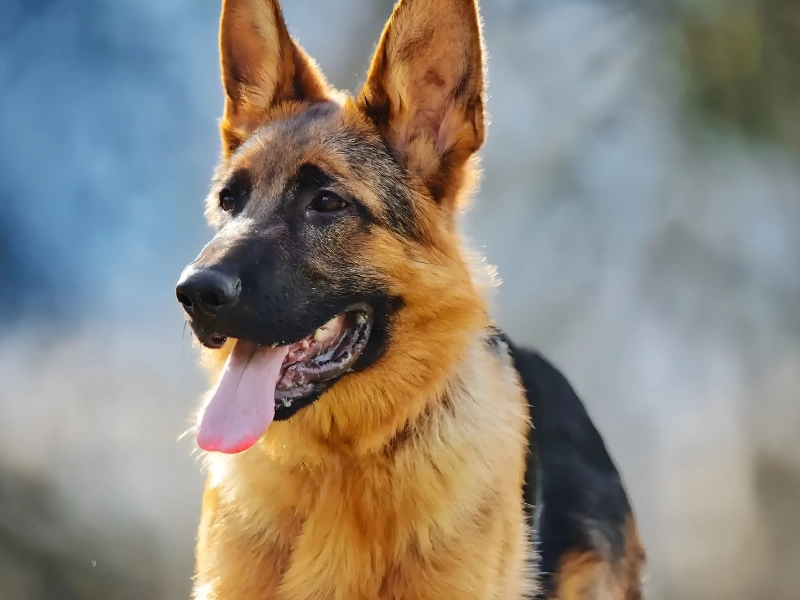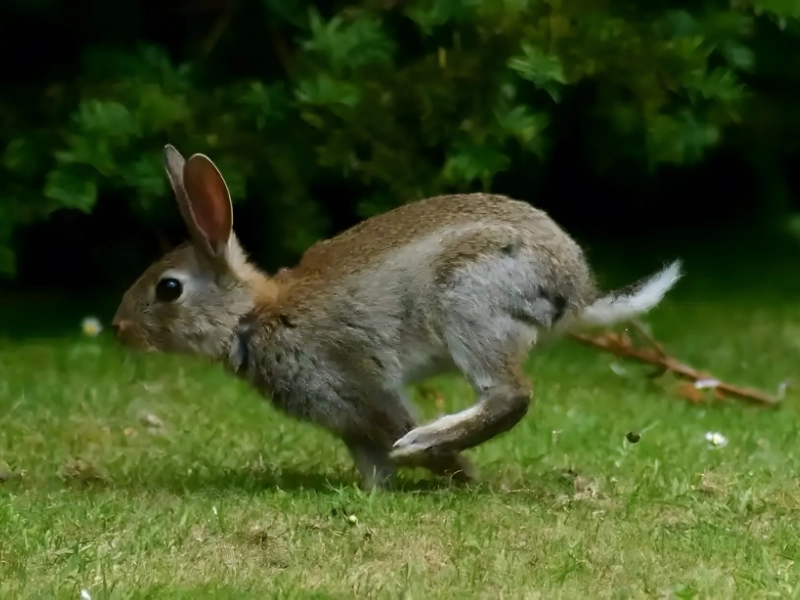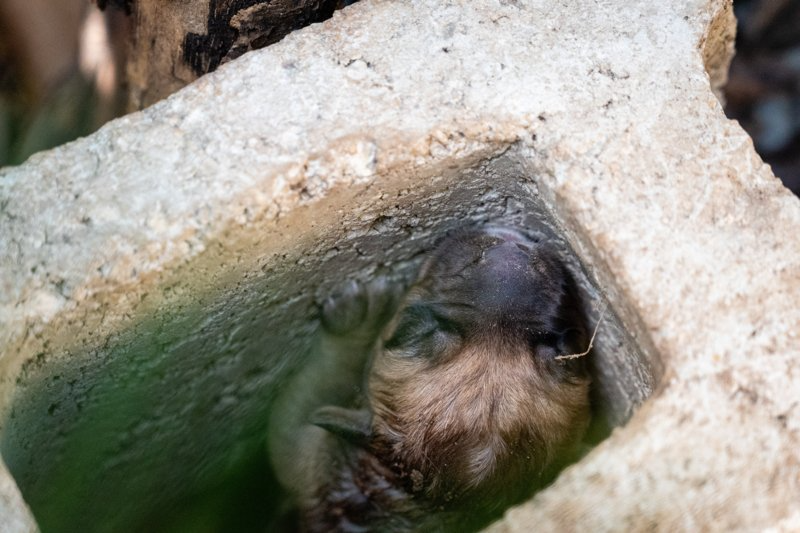The Hidden Danger Every Dog Parent Needs to Know
A Breed That Is Protective
So you've taken in a four-legged guardian, possibly a terrier, mastiff, or shepherd? Well done! However, exercise caution: these breeds were bred to protect property. Inadequate socialization and training could lead to them misinterpreting threats and biting strangers or guests. Playing puzzle games and engaging in mentally demanding tasks can satiate their innate desire for purposeful labor.

Training Dogs for Safe Interactions with Children Establishing Obedience: Heed Commands: Teach children to prioritize following commands over their natural instincts, ensuring they understand the importance of obedience in maintaining safety. Promoting Non-Aggression: Discouraging Possessiveness: Encourage dogs to be non-aggressive and discourage possessive behaviors over toys or food to prevent conflicts. Creating a Safe Environment Secure Fencing:
Prevent Over-Guarding: Install secure fencing to keep your dog contained and reduce the likelihood of over-guarding behaviors. Liability Insurance:
Peace of Mind: Consider obtaining liability insurance to protect against potential incidents, providing peace of mind for your family. Training Strong Guardian Breeds Strong Leadership: Provide clear rules and consistent leadership to help strong guardian breeds become secure and well-adjusted family members.
Positive Reinforcement: Use positive reinforcement techniques to encourage desired behaviors, helping your dog learn to be both protective and gentle.
Conclusion With effective training and a secure environment, you can ensure that strong guardian breeds are safe and loving members of your family. By establishing clear boundaries and promoting positive interactions, you can foster a harmonious relationship between your dog and children.
Following Rabbits
The Risks of Dogs Chasing Wildlife The Joy of the Chase: Endearing Behavior: Watching your dog joyfully chase after a squirrel, rabbit, or deer can be charming, showcasing their natural instincts. Hidden Dangers: Injuries: While it may seem like harmless fun, chasing wildlife can lead to serious injuries, such as: Torn ACLs: Abrupt stops and zigzagging movements can strain or tear ligaments. Health Risks: These pursuits can expose your dog to various health hazards, including: Tick-Borne Diseases: Contact with wildlife increases the risk of ticks, which can transmit diseases like Lyme disease. Physical Harm: A startled animal, like a rabbit, could kick or injure your dog in self-defense. Preventing Risks Supervised Outdoor Time:
Always supervise your dog during outdoor activities to prevent them from chasing wildlife. Training Commands:
Teach commands like "leave it" or "come" to redirect your dog’s attention when they spot wildlife. Secure Fencing:
Ensure your yard is securely fenced to limit your dog’s ability to chase after animals. Conclusion While it’s natural for dogs to chase after wildlife, the risks involved can be significant. By taking preventive measures and providing proper training, you can help keep your dog safe while still allowing them to enjoy the great outdoors.










